Types of Roller Coasters: A Complete Guide by Age, Structure, and Popular Models
- Wooden vs. Steel: Two Primary Types of Roller Coasters
- 10 Different Types of Roller Coasters by Seating Design
- Types of Roller Coasters by Age Group and Target Riders
- 1. Adults (18 years and older)
- 2. Teenagers (11-17 years old)
- 3. Children (3-10 years old)
- Conclusion: Choosing the Right Coaster Type for Your Park
When investing in a theme park or expanding your ride offerings, choosing the right type of roller coaster is crucial. From the classic thrill of a wooden coaster to the high-speed loops of steel rides, each design delivers a unique experience. In this guide, we break down the 10 most common coaster types by seating style, explain the difference between wooden and steel roller coasters, and offer age-based ride suggestions for families, teens, and adults. Whether you're planning a large-scale park or sourcing family-friendly rides, SUNHONG offers expert solutions tailored to your needs.
Wooden vs. Steel: Two Primary Types of Roller Coasters
Steel roller coasters are commonly seen in amusement parks, but you may not know that the first roller coaster was actually made of wood. In 1884, in Coney Island, New York, the world’s first wooden roller coaster was built: The Switchback Railway. Compared to our understanding of roller coasters today, this early model couldn’t meet people’s expectations in terms of structure and speed. But it undeniably laid the foundation for the development of modern roller coasters.
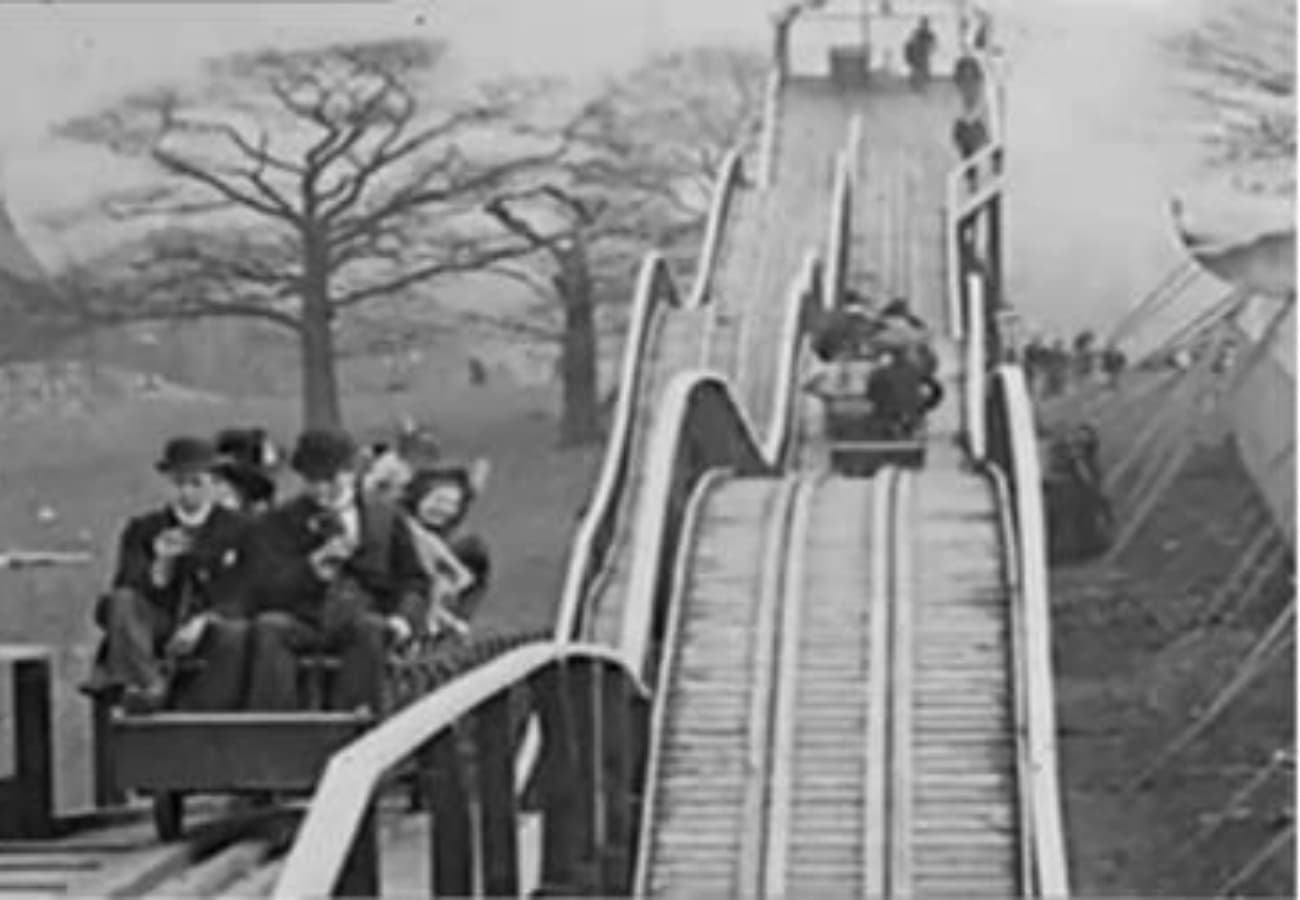
The reasons why wooden roller coasters are gradually being phased out are very clear:
Short Lifespan
Wood is easily affected by the environment. Moisture, microorganisms, and fungi are huge threats to wood. When you see mushrooms growing on wood, it means the wood is decayed and unusable. Although steel can also rust, rusty steel is still stronger than solid wood.
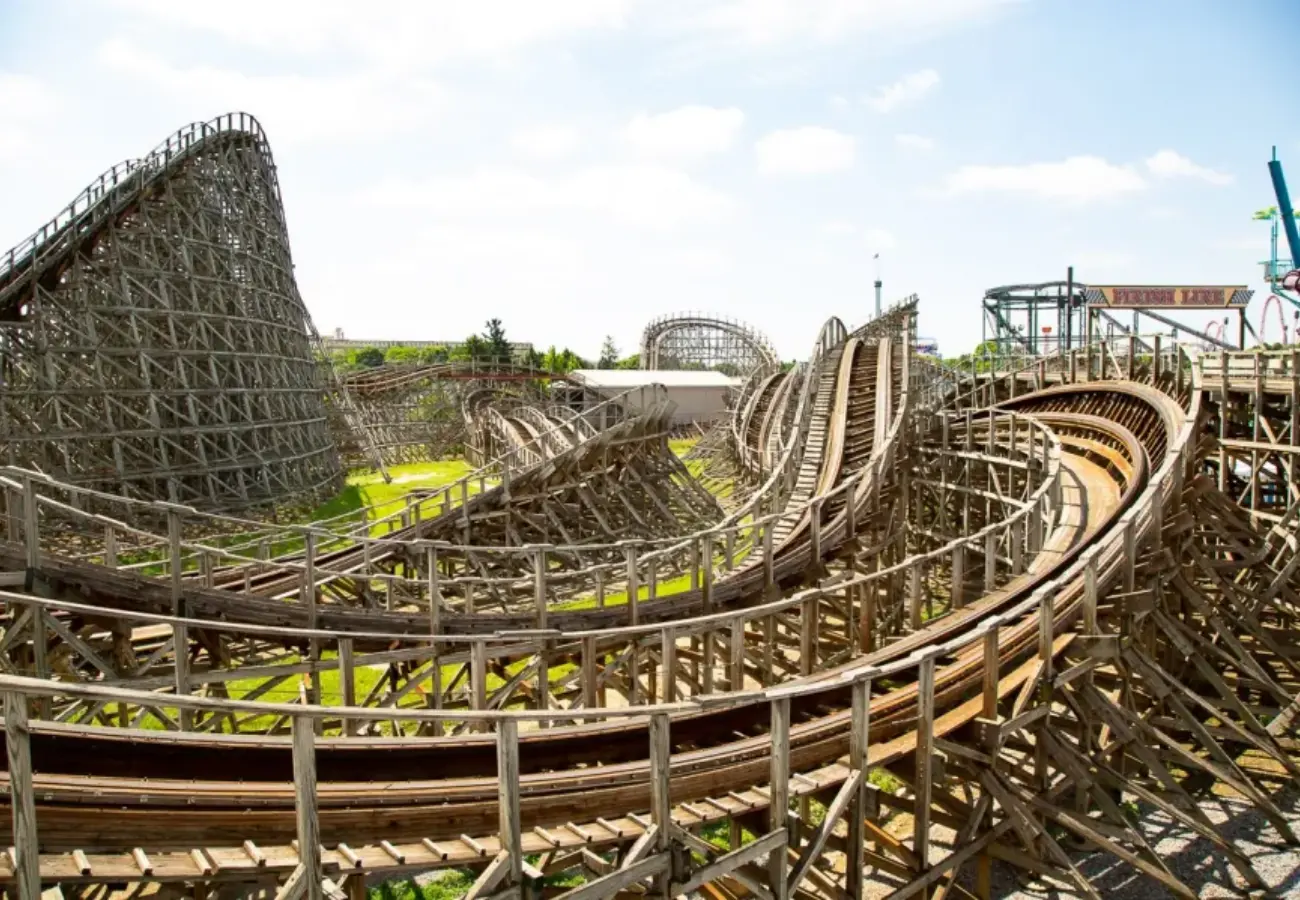
Frequent Maintenance
Although wooden coasters cannot perform too many thrilling flips, because wood decays easily, staff need to inspect and repair them frequently. Replacement and maintenance increase invisible costs.
No Inversions
If you have experienced steel roller coasters, wooden ones may not satisfy your need for intense sensations. For safety reasons, wooden coasters cannot include inversions.
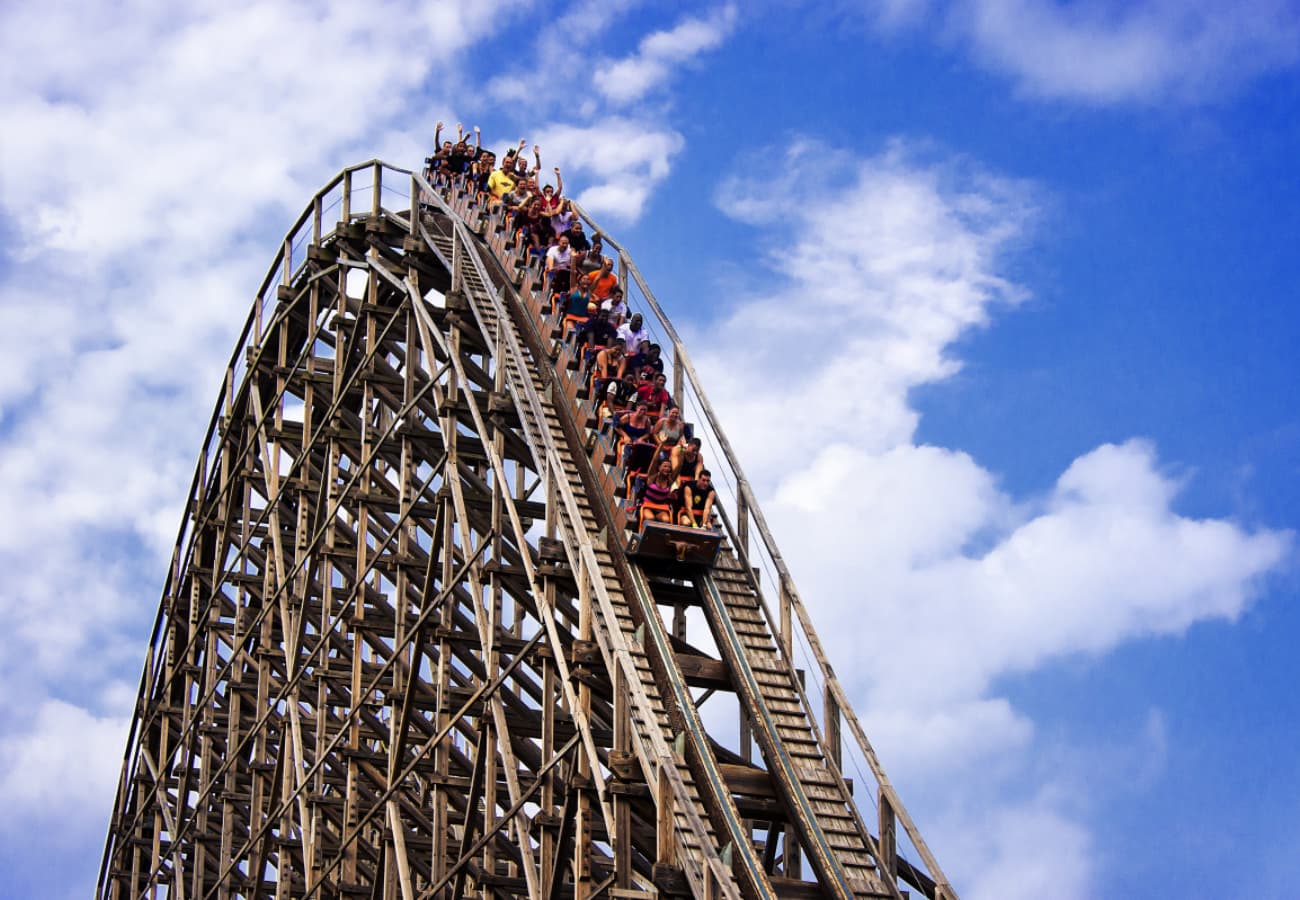
But the riding experience of wooden coasters is something steel roller coasters cannot provide. Coasters like American Eagle in the U.S. and White Cyclone in Japan are very popular among locals. Their charm is not affected by the fact that they can’t flip.
Wild excitement
Compared to steel roller coasters, wooden tracks are not smooth. The vibration and shaking of the cars bring a strong feeling of uncertainty and tension. Sudden drops and sharp turns, along with the shaking and sound of the wood, make every moment exciting. It gives people a more direct and primitive sense of adventure, like fighting with the coaster itself, enjoying a wild and free experience. This physical adventure feeling is something steel roller coasters cannot match.
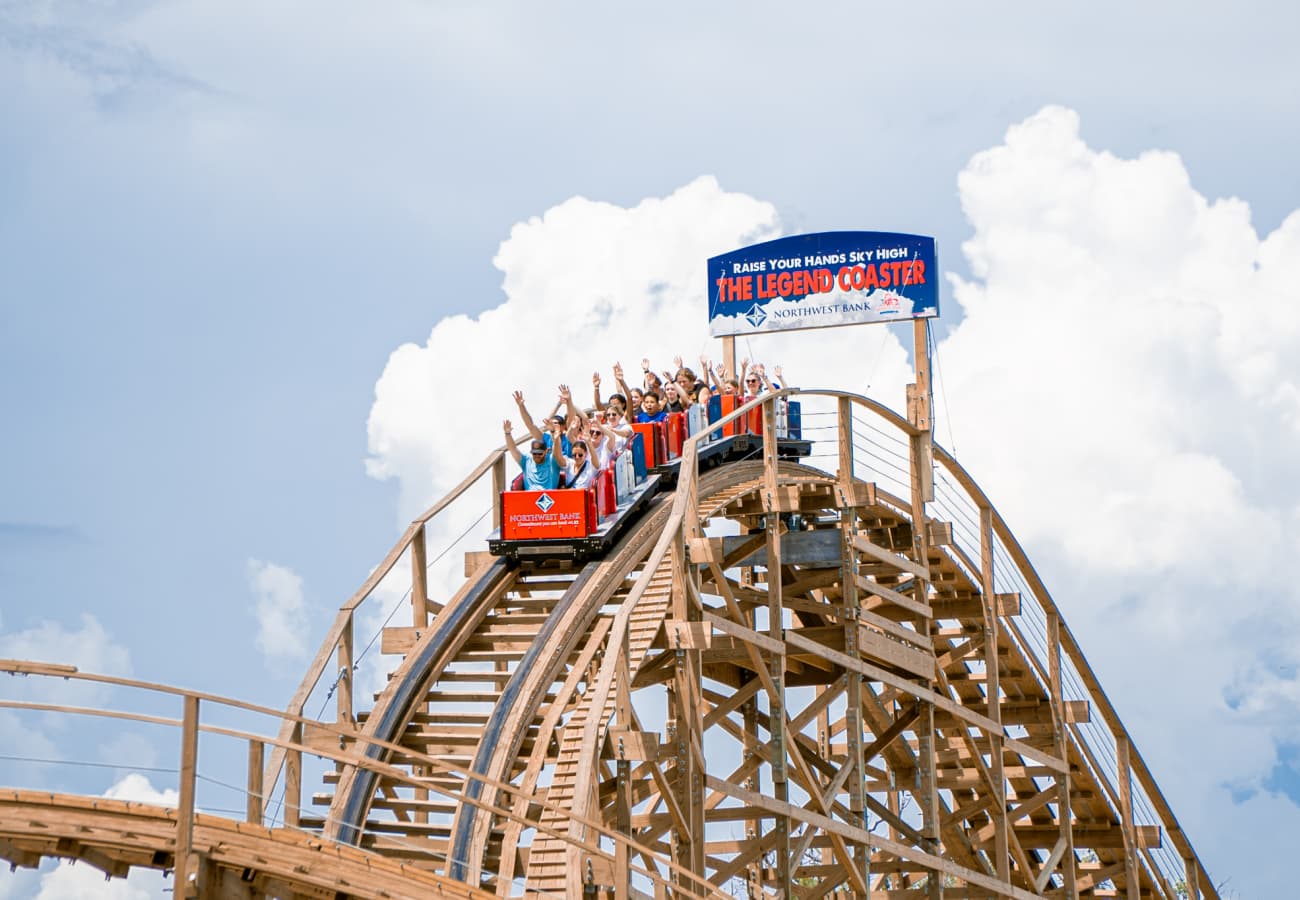
Theming Advantages
If you are building a jungle theme or wilderness theme amusement park, wooden coasters can make the theme experience better. They can even become a local attraction or hot topic.
Summary
Steel roller coasters are more flexible and have more variety in structure. The visual and auditory stimulation gives people a strong adrenaline rush, which is why most investors and operators choose steel roller coasters. If you want to build a themed park or a nostalgic amusement park, wooden coasters can also bring attention and discussion. But you must consider the local climate, because wooden coasters are not suitable for humid environments.
10 Different Types of Roller Coasters by Seating Design
The roller coasters we often see are classified by seating position, and each type has a representative name. If you're considering investing in roller coasters for an amusement park but don’t know which ones are more popular or cost-effective, the following 10 types can serve as a good guide.
1. Sit-down Coaster
Introduction: The most traditional type of roller coaster. Passengers sit in a regular upright position. Stable structure.
Experience: Focuses on speed and acceleration, suitable for players of all ages.
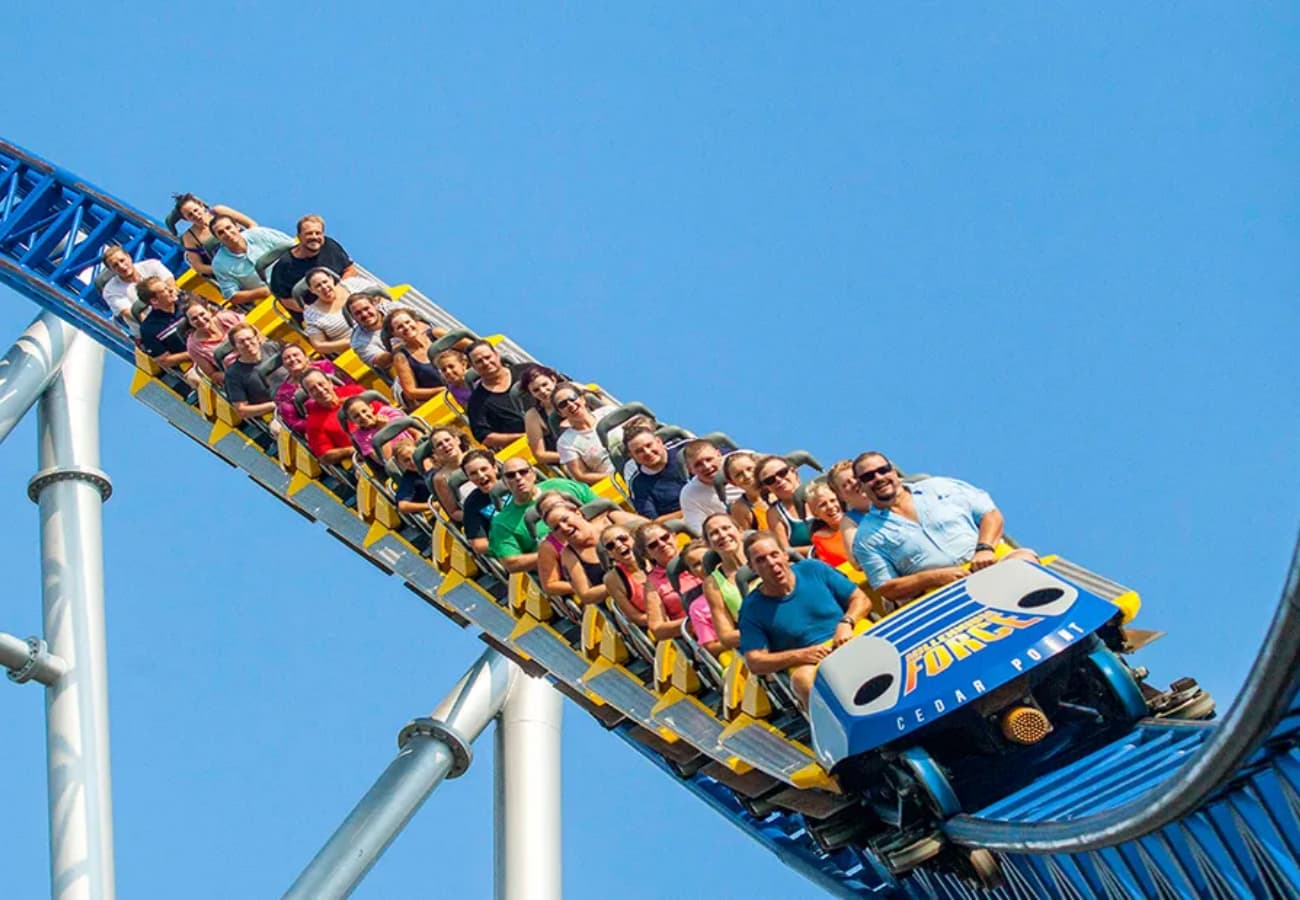
2. Stand-up Coaster
Introduction: Passengers stand while riding. The seat has support structures to secure the body.
Experience: Experience weightlessness and gravity acceleration while standing. Very intense.

3. Inverted Coaster
Introduction: The train is suspended below the track. Seats are fixed; feet hang in the air.
Experience: Fast rolls and upside-down elements. Strong thrills. Often used for stunt routes.
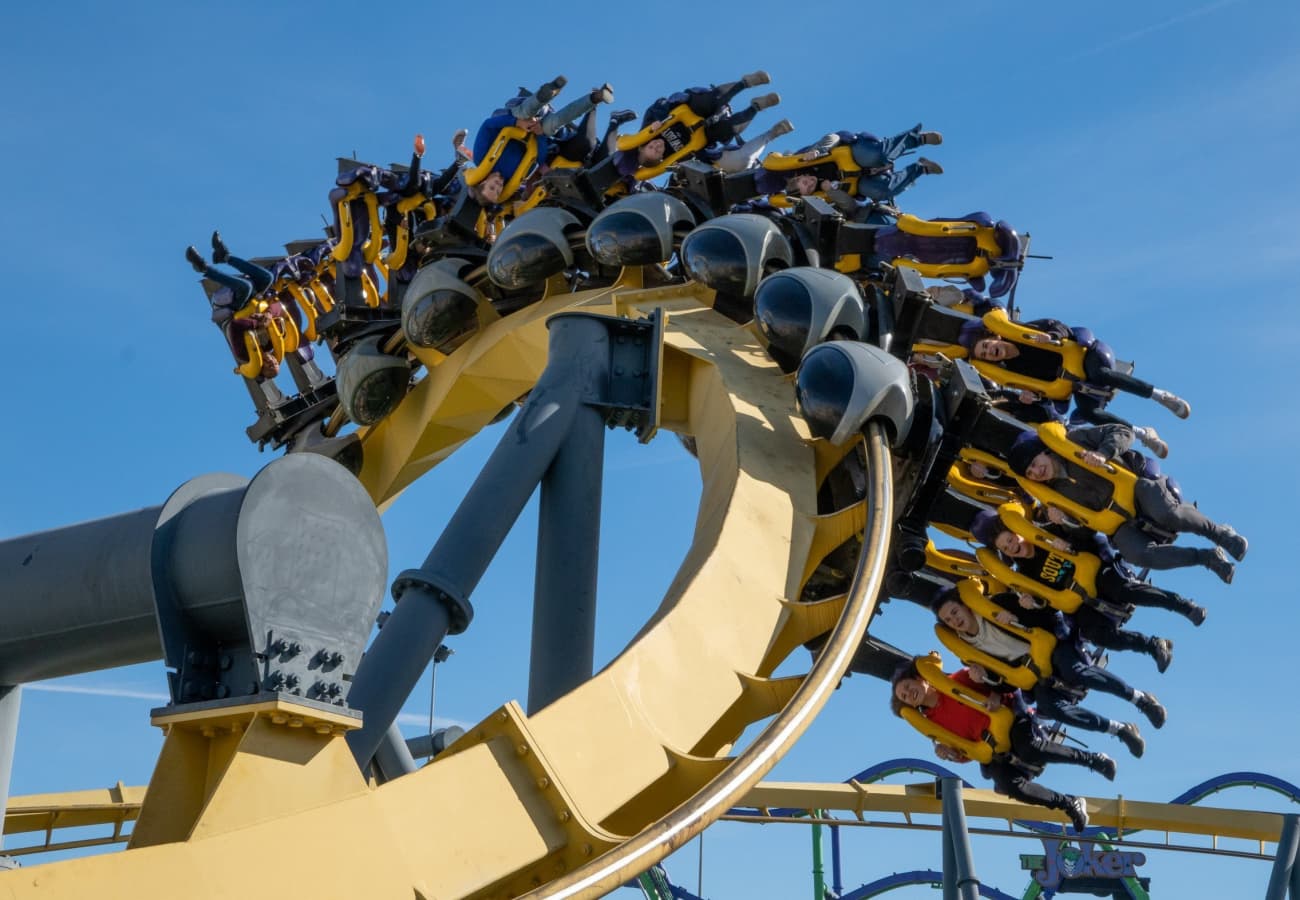
4. Suspended Coaster
Introduction: Passengers seem to hang under the track with their feet off the ground, flying through the air.
Experience: Simulates the feeling of flying or gliding—softer ride but very dynamic.
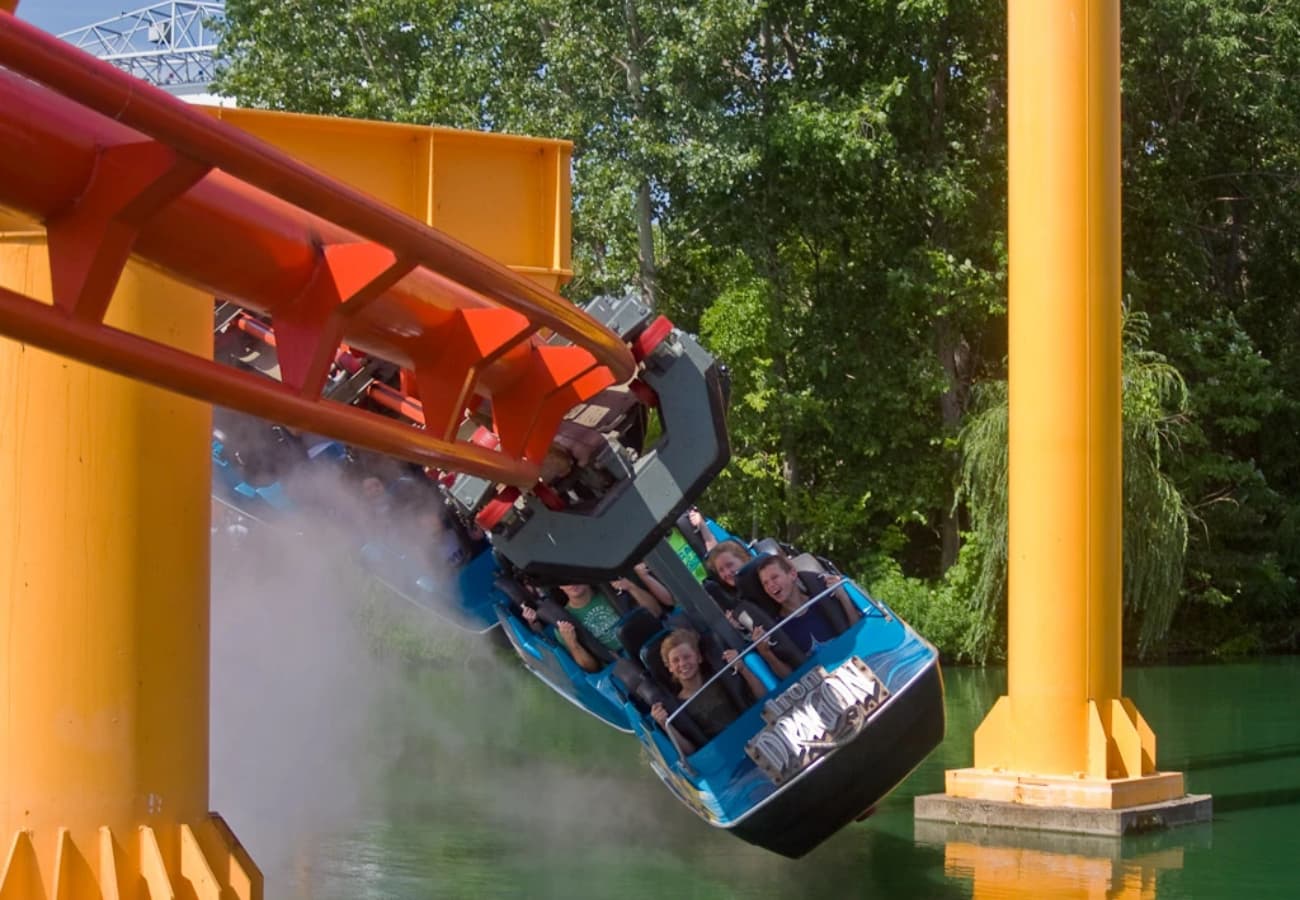
5. Pipeline Coaster
Introduction: Passengers ride in the center of the vehicle, with the track running through the middle of the train.
Experience: Simulates “surfing” or “leaping,” often uses a standing posture.

6. Bobsled Coaster
Introduction: No fixed track. Vehicles slide freely inside a U-shaped trough.
Experience: Sliding and strong swaying with multi-angle rotation.
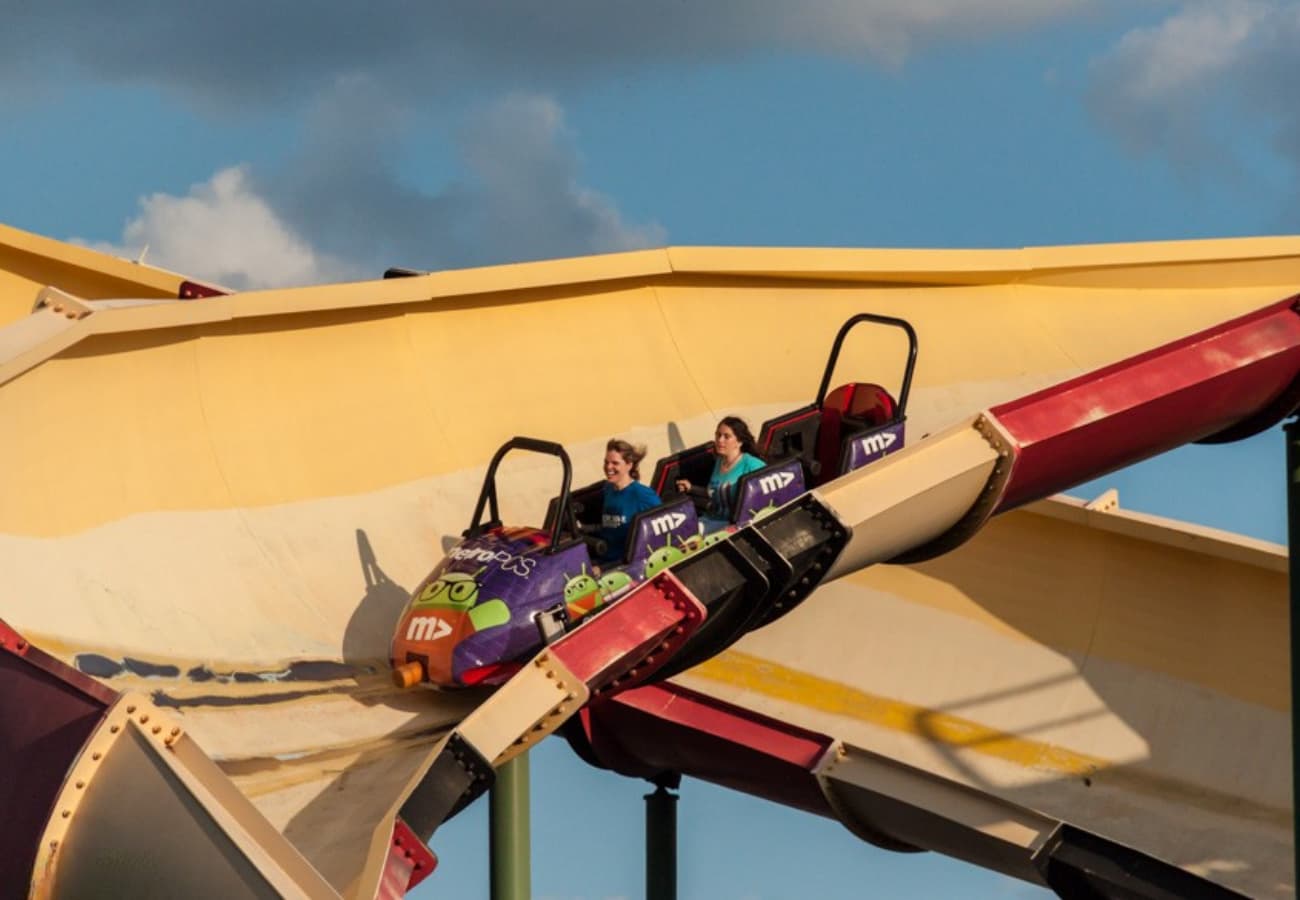
7. Flying Coaster
Introduction: Passengers lie face down, with their bodies parallel to the track, simulating flight.
Experience: Smooth gliding and inversions while “flying” through the air.
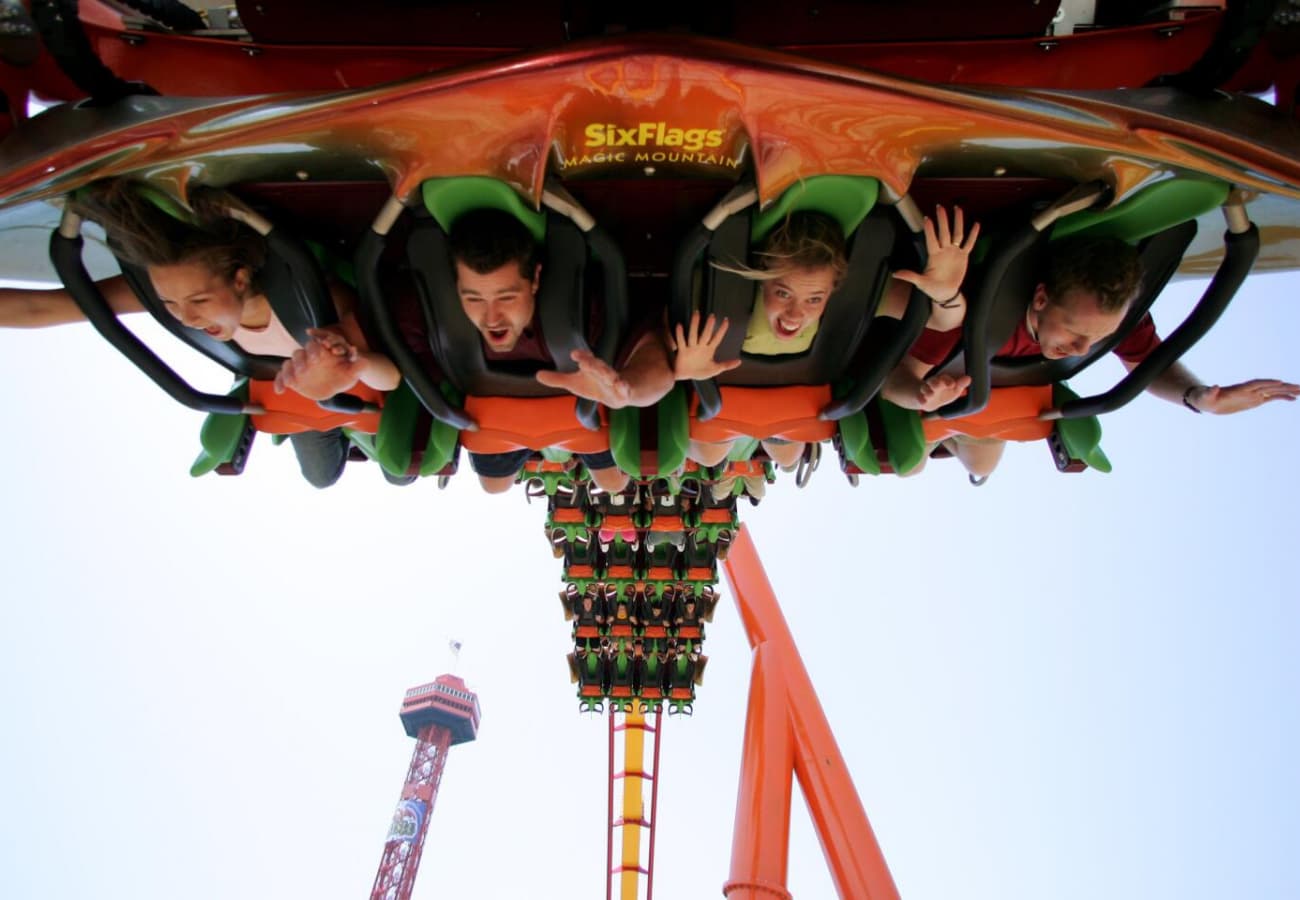
8. Wing / 4th Dimension Coaster
Introduction: Seats are located on both sides of the track; some seats can rotate or flip.
Experience: Combined with screens or visuals, seats rotate in multiple directions.
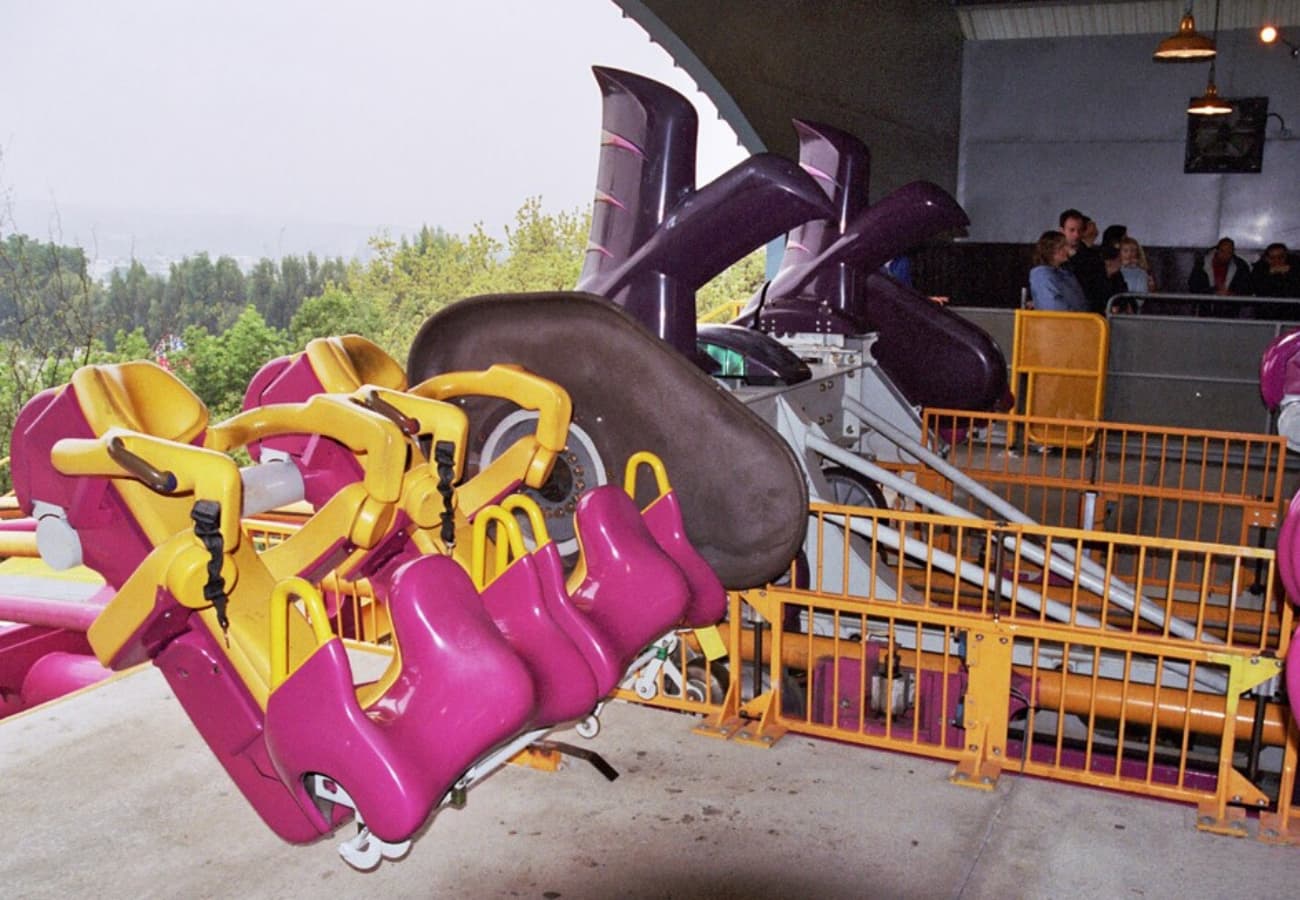
9. Motorbike Coaster
Introduction: Like riding a motorbike through twisting roller coaster tracks.
Experience: Simulates speed and flips like a racing dream come true.
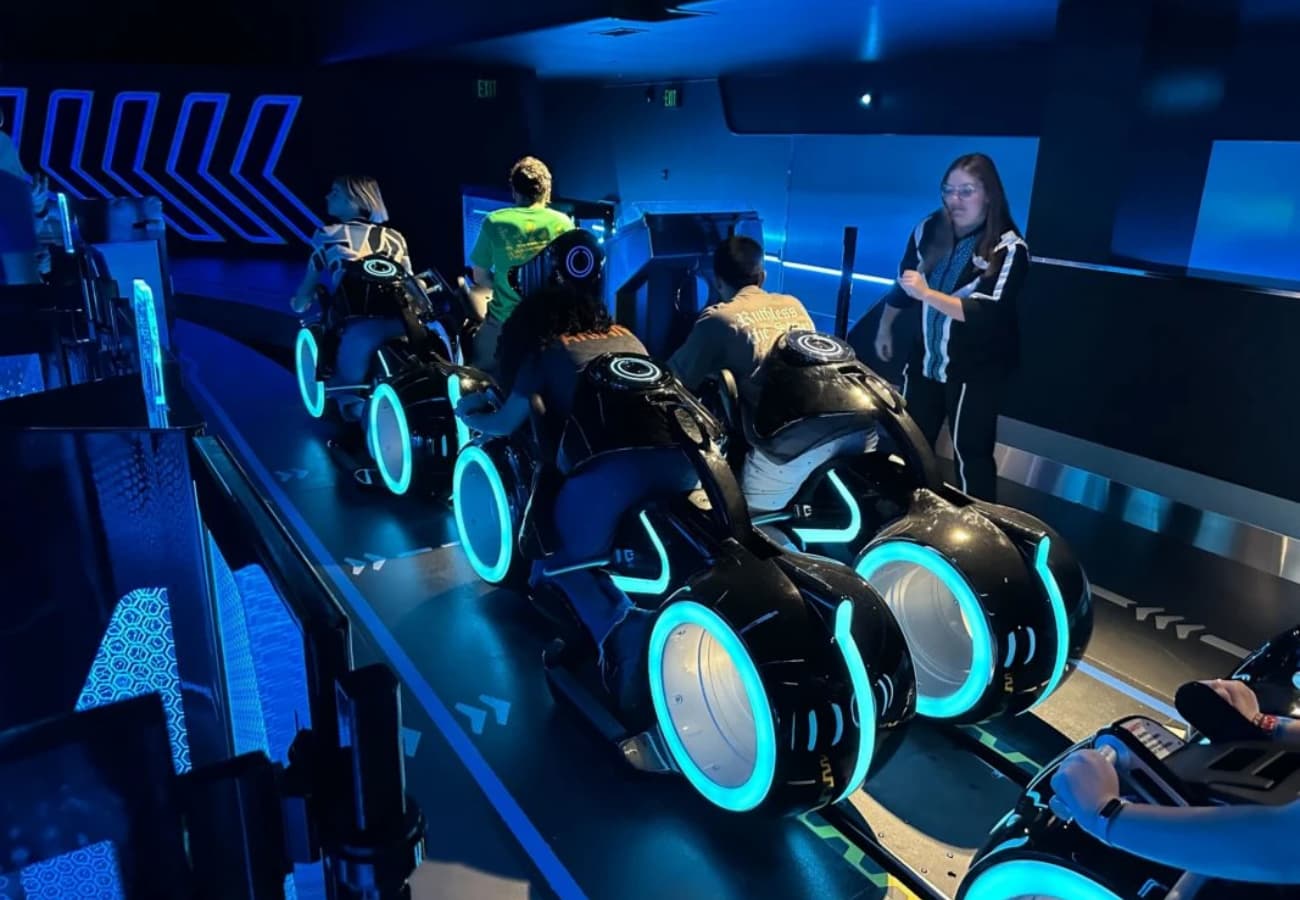
10. Single Rail Coaster
Introduction: As the name suggests, only one rail. The train flies like a blade through the track.
Experience: Experience the visual shock of speeding through narrow spaces.
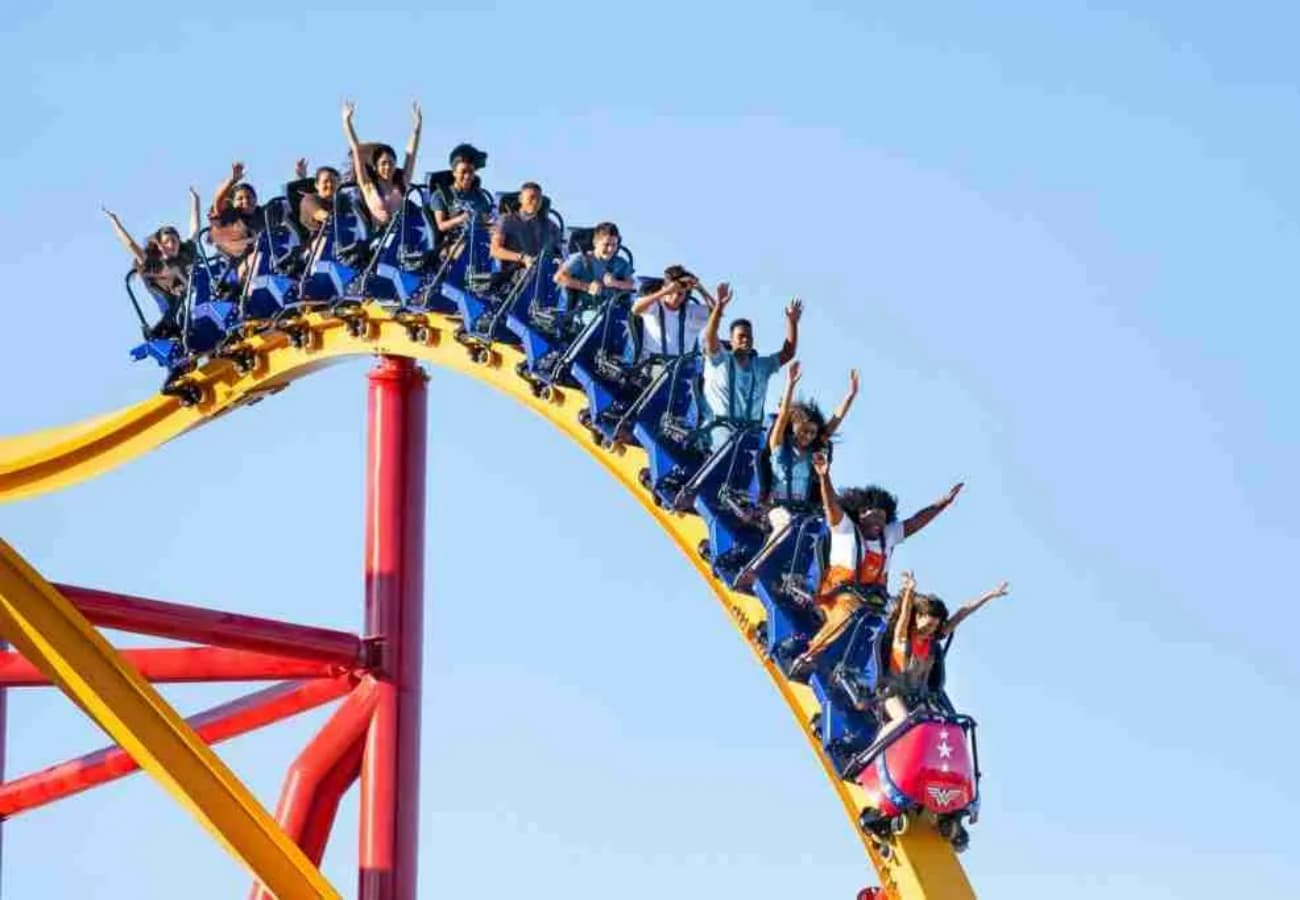
Types of Roller Coasters by Age Group and Target Riders
When investing in and operating an amusement park, choosing the right type of roller coaster requires an accurate understanding of your visitors. Knowing the age groups of your main audience helps you select the most suitable coaster type and maximize traffic.
As an experienced theme park design company and roller coaster manufacturer, we usually divide visitors into three age groups:
1. Adults (18 years and older)
Adults generally have strong physical condition and psychological tolerance, and can confidently try all the adrenaline-pumping rides in the park. Especially the extreme roller coaster types:
• Vertical Drop Coaster
• Launch Coaster
• Wing Coaster
• 4D Spinning Coaster
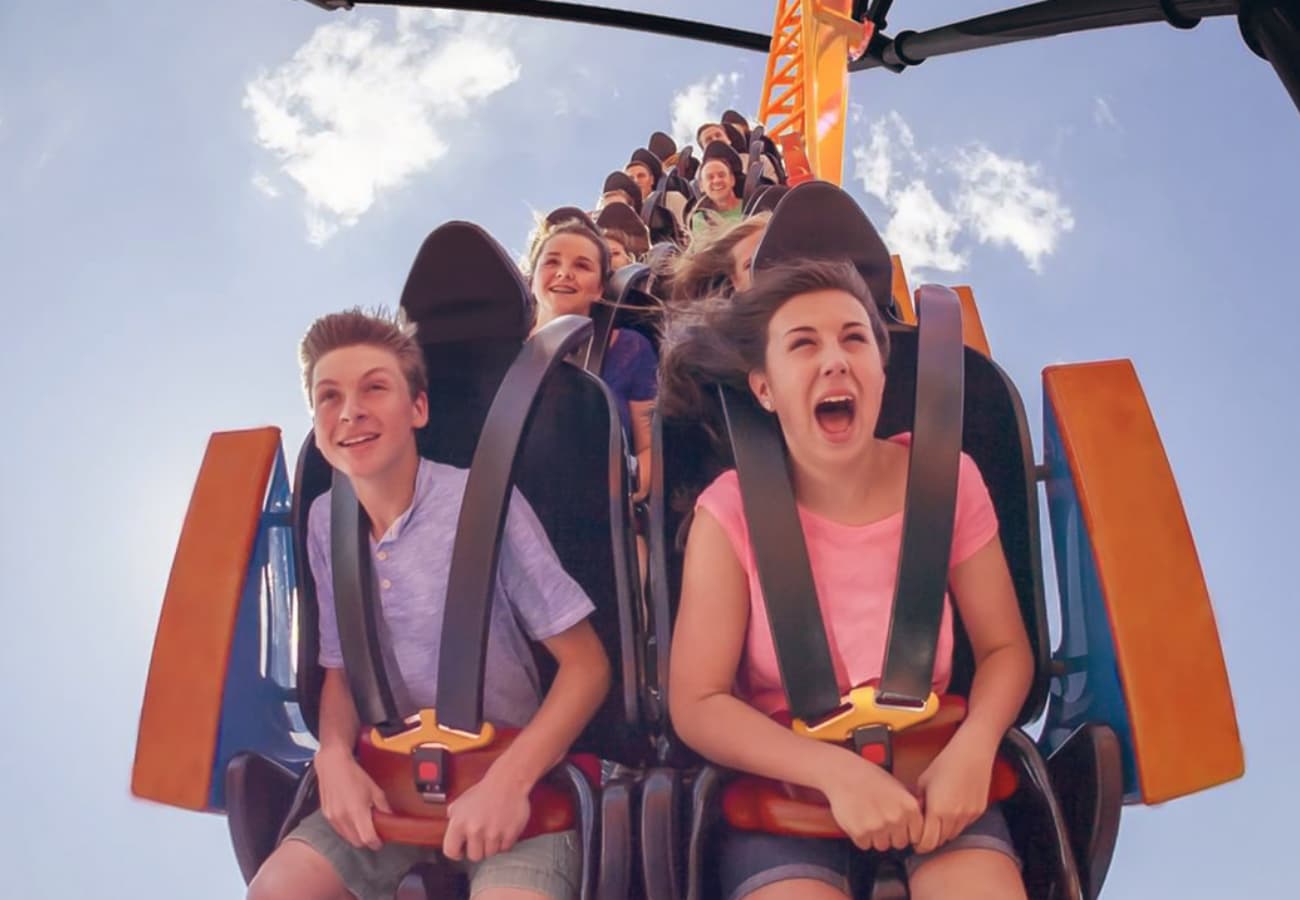
2. Teenagers (11-17 years old)
Children in this age group are curious about all kinds of amusement rides. They have the energy and courage to try everything, but that doesn’t mean their bodies can handle very intense or extreme roller coasters. So, beginner-level thrill rides are the most suitable coaster type for teenagers:
• Suspended Coaster
• Loop Coaster
• VR Coaster
• Wooden Coaster
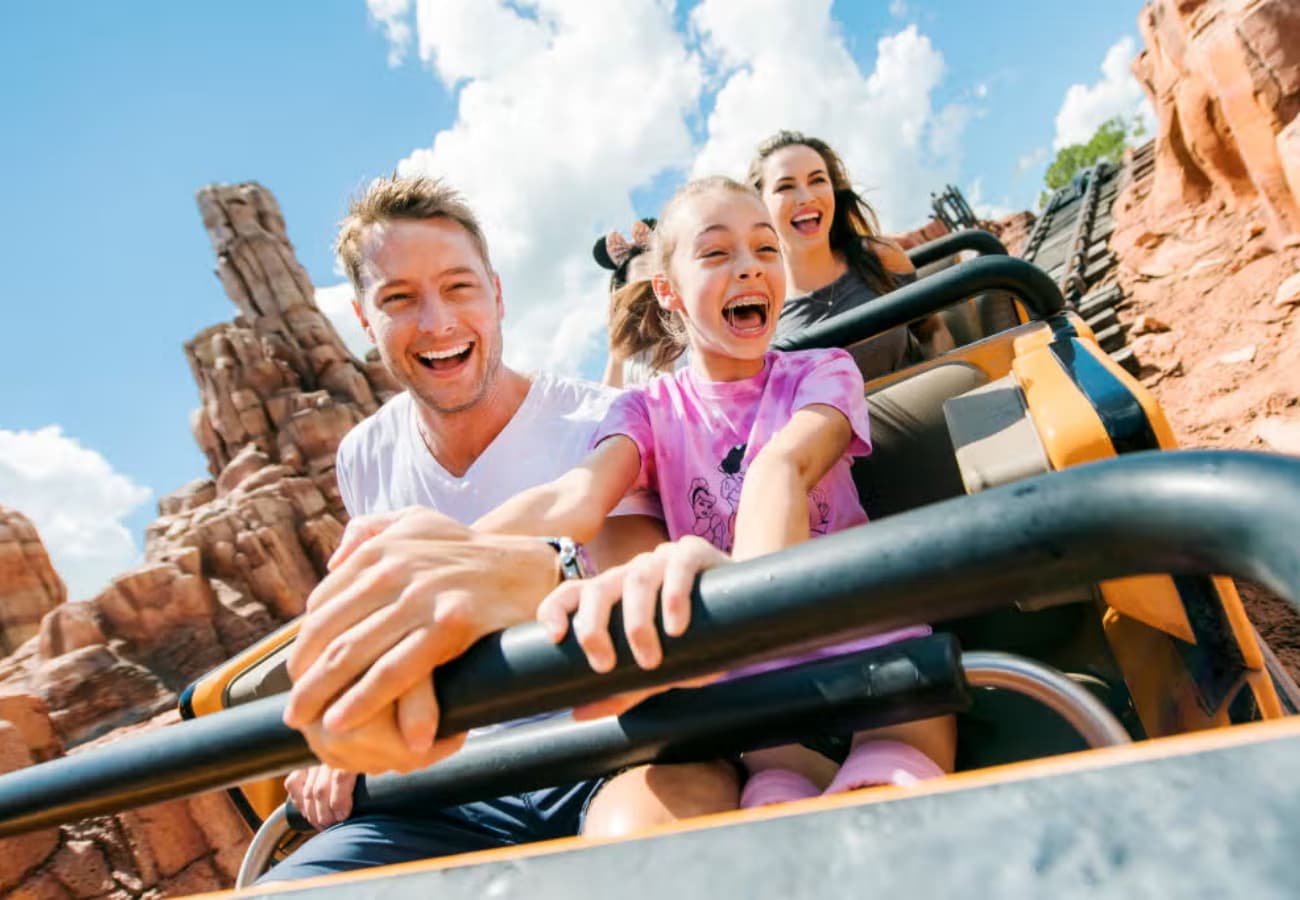
3. Children (3-10 years old)
Children in this age group must also meet the minimum height requirement—usually above 90 cm—to ride safely. For younger kids, intensity is not the goal. Safety and fun are the main priorities.
This is often their first roller coaster experience, an introduction to adventure and the spirit of exploration. Therefore, “kids” and “family-style” roller coasters are the best fit. These coasters are designed to be gentle, with low speed and small height changes. They usually feature cartoon-themed trains and cheerful music. These rides are perfect for family trips:
• Caterpillar Coaster
• Dragon Coaster
• Pedal Monorail
Conclusion: Choosing the Right Coaster Type for Your Park
Whether you're planning to invest in and operate a large-scale amusement park and are considering purchasing wooden roller coasters for themed attractions or high-thrill steel roller coasters to excite thrill-seekers, this article provides a practical guide to help you make informed decisions across all types of roller coasters.
If you're looking to purchase medium or small-sized amusement rides, then SUNHONG is your ideal partner. We offer one-stop theme park solutions, including:
Whether you're planning to invest in and operate a large-scale amusement park and are considering purchasing wooden roller coasters for themed attractions or high-thrill steel roller coasters to excite thrill-seekers, this article provides a practical guide to help you make informed decisions across all types of roller coasters.
If you're looking to purchase medium or small-sized amusement rides, then SUNHONG is your ideal partner. We offer one-stop theme park solutions, including:
• Ride manufacturing and on-site installation
• Operation and business consulting
With extensive experience in delivering custom family rides and coaster types for various park scales, SUNHONG is committed to helping you build and grow your amusement business.

Bumper Cars (Dodgems) Explained: Types, Costs & How to Choose the Best Ones

Trampolines: The Amusement Ride That Turns Jumps Into Pure Joy

Why Ferris Wheels Remain the Star Attraction in Amusement Parks

Amusement Park Bumper Cars: The Ride That Turns Crashes Into Laughter

Take a Spin on Flying Chair Rides: A Timeless Park Favorite
16P Knight Sparta
How many seats are there in the carousel?
The number of seats for the SUNHONG carousel varies from 8 to 54. SUNHONG engineers can design the optimal carousel based on the size of the amusement park and the flow of visitors to maximize economic benefits.
What are the key things To consider before investing in a merry-go-round ride?
Space requirements: Make sure your park has enough space to accommodate the carousel, taking into account factors such as access, visitor flow, etc.
Budget: The purchase, transportation, installation, and maintenance costs of the carousel should be within your budget.
Target Market: Analyze whether the carousel meets the needs of your target customer group, for example, suitable for children, families, or adults.
Safety: Choose a carousel that meets safety standards to ensure the safety of visitors.
Long-term Benefits: Consider how much visitor flow and revenue the carousel will bring to your park.
SUNHONG’s engineering team, consisting of over 50 professionals, offers you a one-stop amusement park design service that integrates design, production, installation, and operation.
12P Ocean Carousel
How many seats does the carousel have?
The number of seats for this carousel ranges from 16 to 36. SUNHONG engineers will recommend the best configuration for you based on your available space and the number of daily visitors.
14P Marvelous Circus
What key factors should be considered before purchasing a carousel?
In addition to space and budget, consider the ride cycle, safety performance, and whether the style fits your audience. For large carousels, the stability of the electrical system and ease of maintenance are also important.
36P Knight Sparta
What certifications are required for the carousel?
The following certifications are held by SUNHONG's carousel: CE, UL, and ISO9001 Quality Management System certification. These certifications ensure that the carousel meets the relevant safety and quality standards, ensuring the safety of the visitors.

Larva Pedal Spin | Pedal-Controlled Amusement Ride with Unicorn Seats

LED Bumper Cars for Adults – Colorful, Powerful & Fun Ride for Sale

Little Chicken Team – Kiddie Coaster Ride with Adorable Chicken Theme

Kingly Trackless Train – Royal Trackless Electric Train for Sale
Leave a message
Ready to elevate your amusement offerings?
Contact Sunhong today to explore how we can bring your vision to life and create unforgettable experiences for your visitors.
* Rest assured that your privacy is important to us, and all information provided will be handled with the utmost confidentiality.
Copyright © 2025 SUNHONG All Reserved.


Guangzhou Shunhong Entertainment Equipment Co.,Ltd.
sunhongrides
SUNHONGAMUSEMENTRIDES
sunhongamusementrides
Scan QR Code